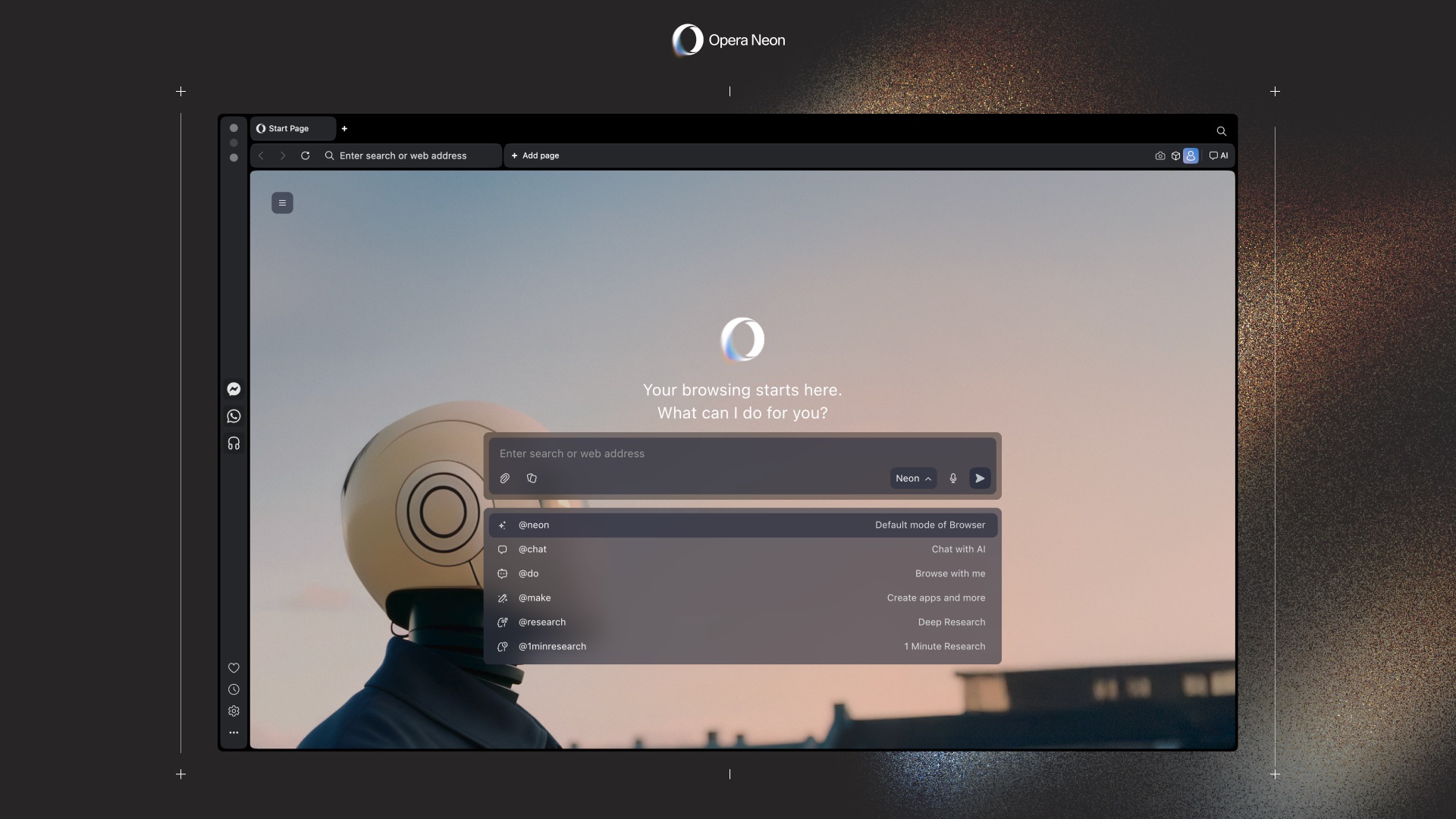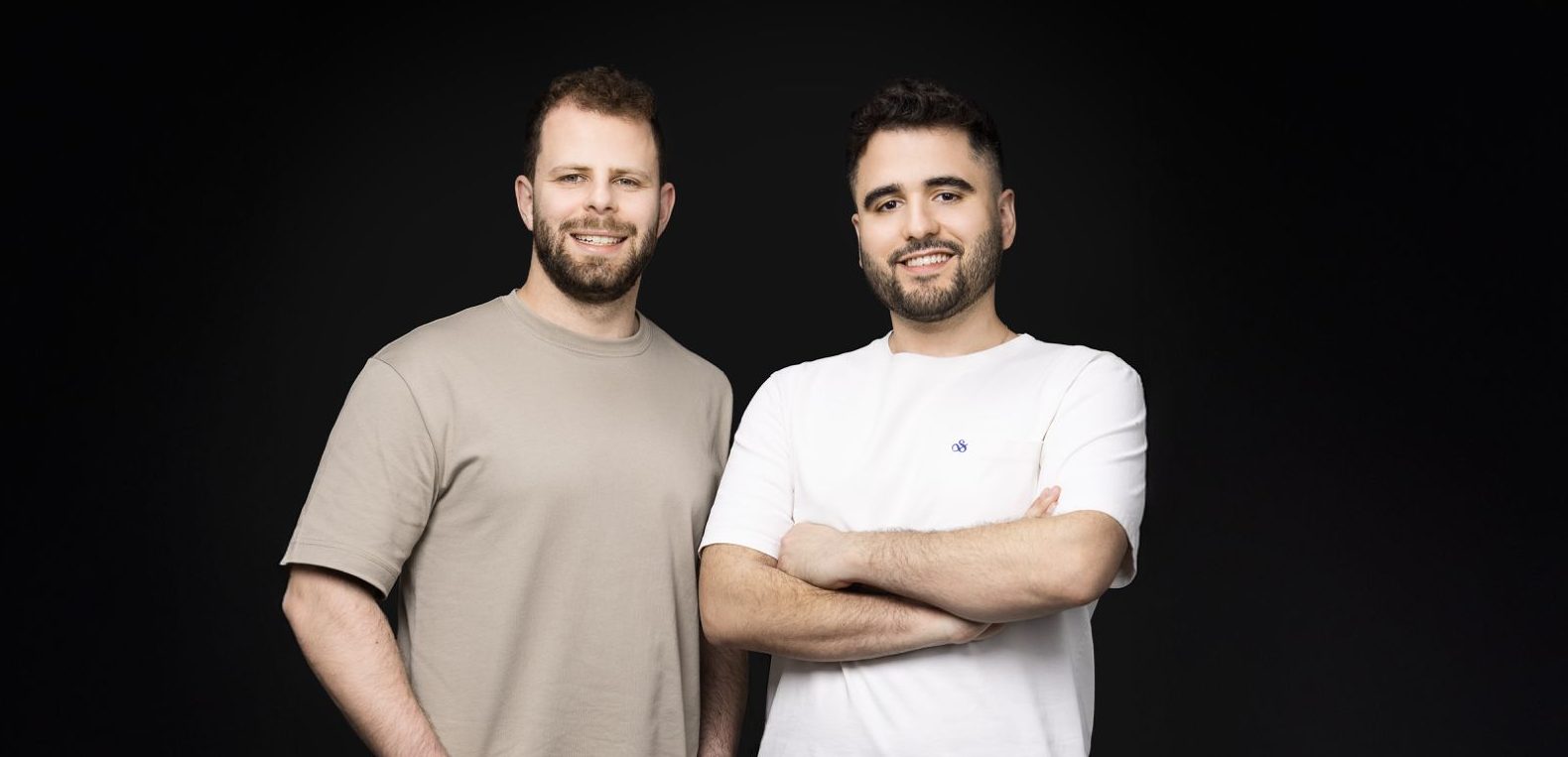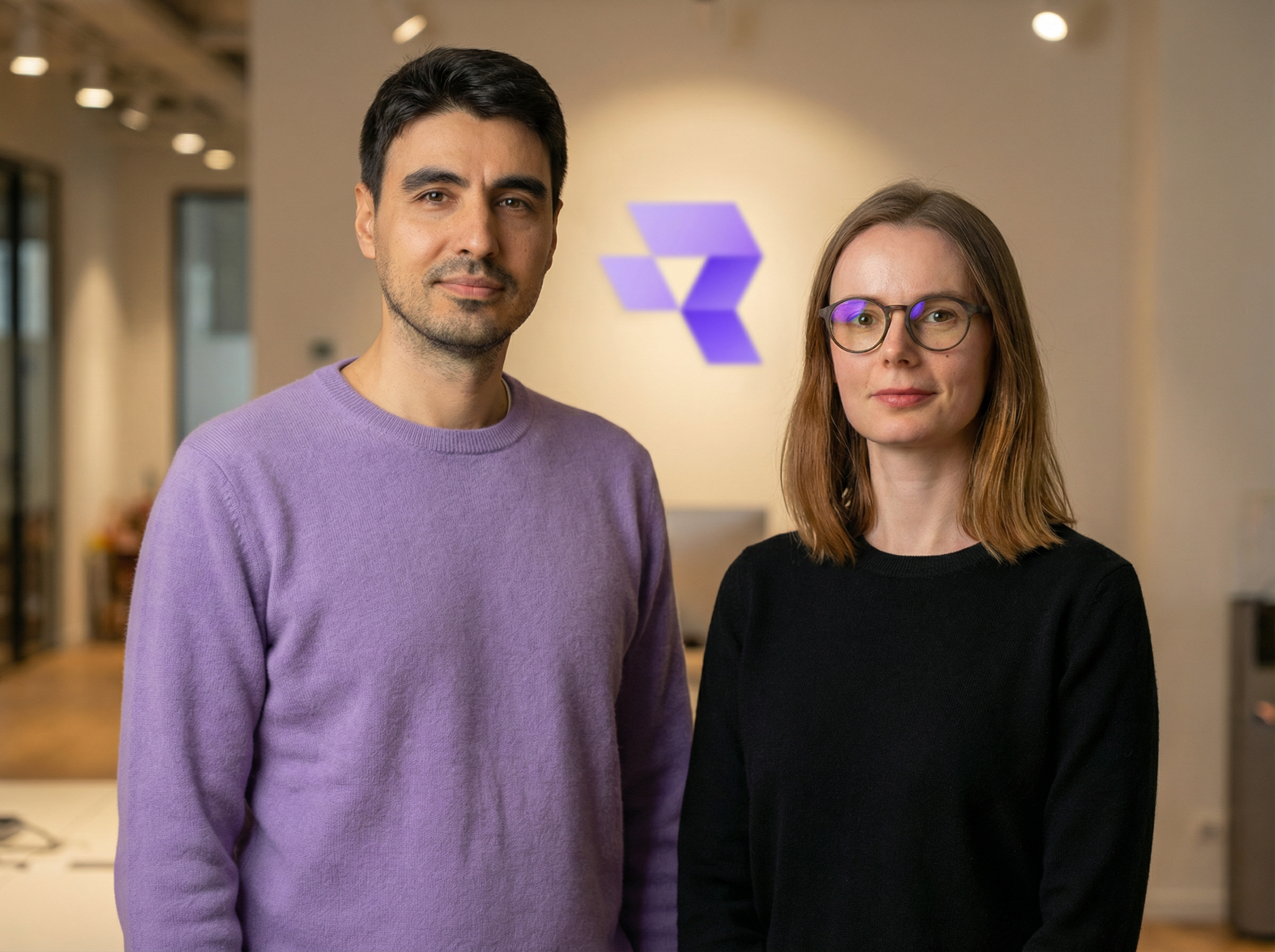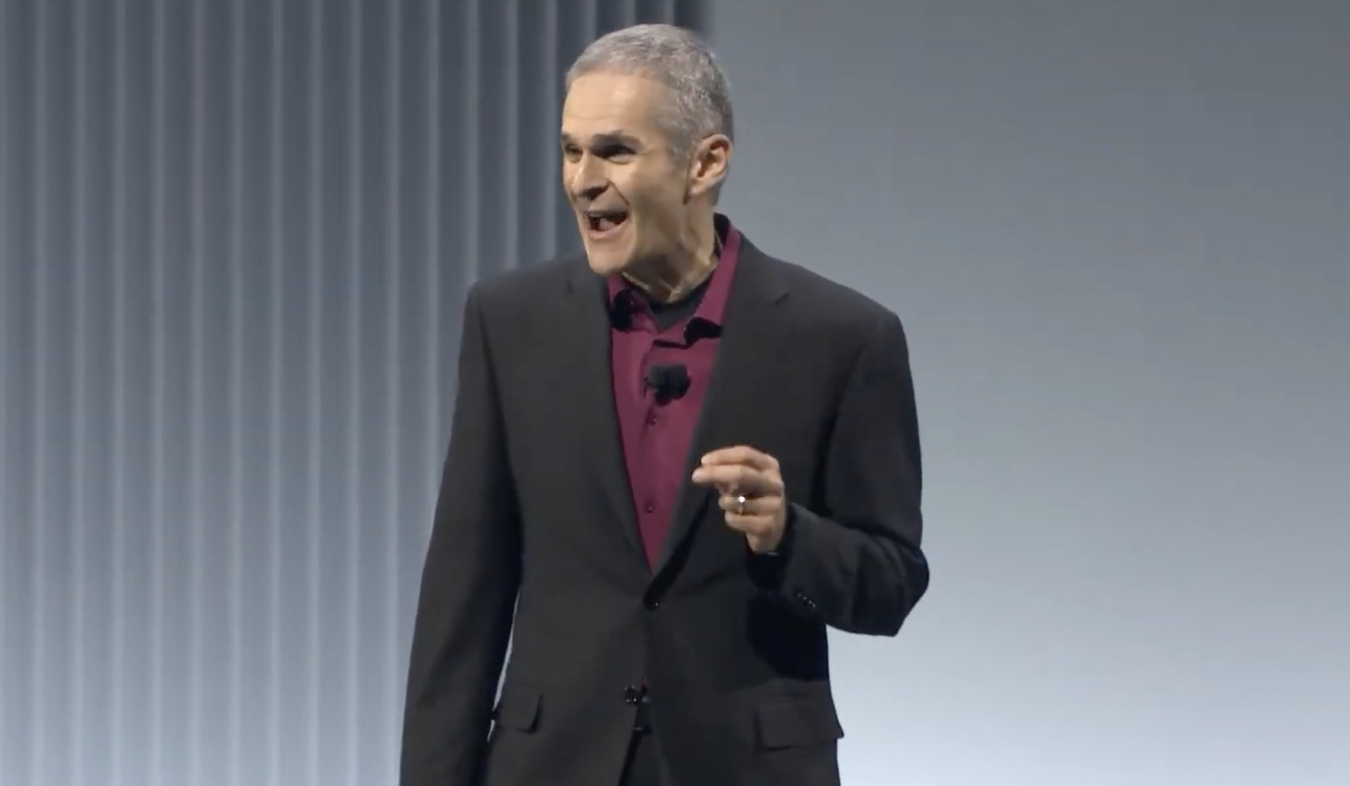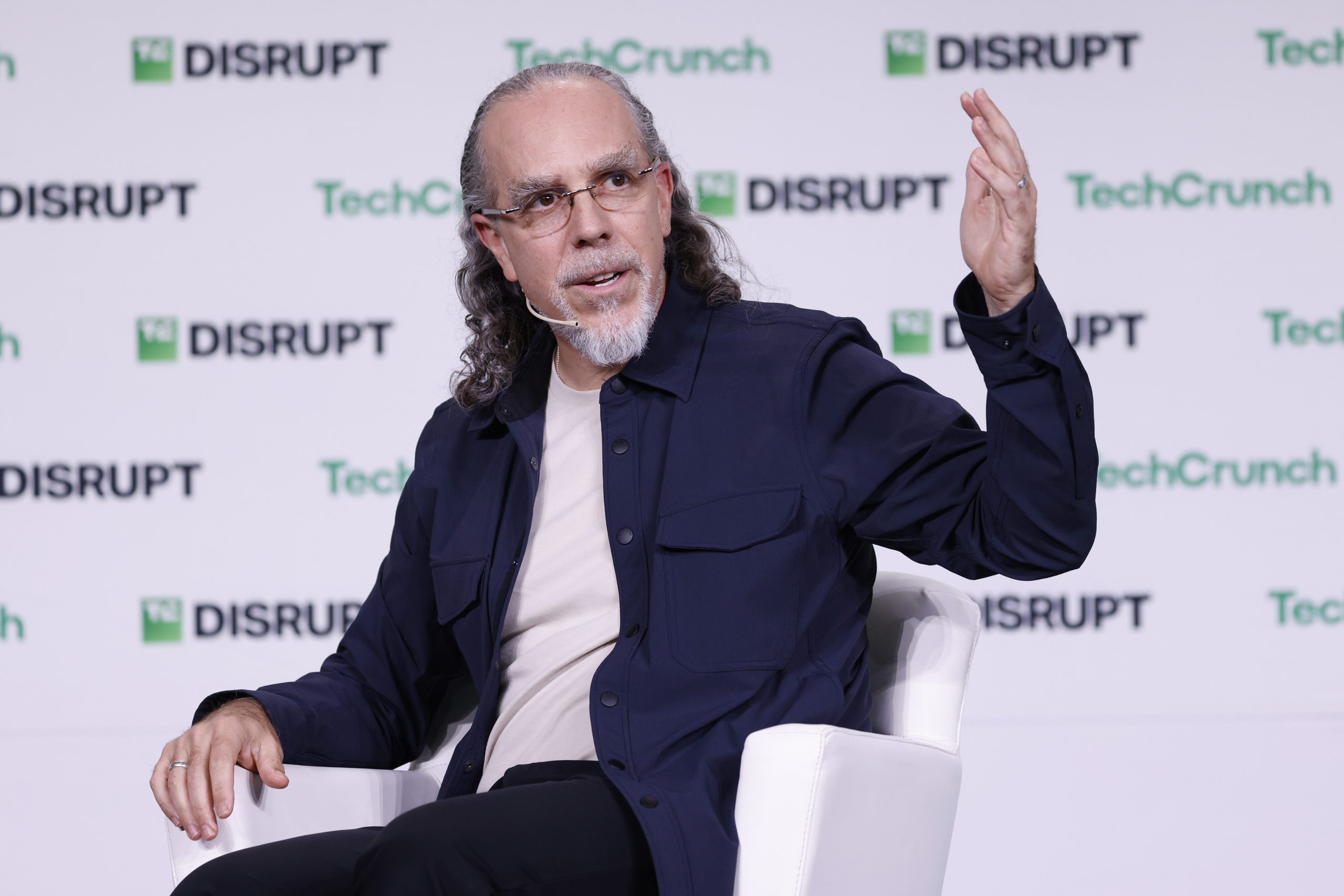
Speaking at the TechCrunch Disrupt 2025 conference, Astro Teller, the visionary CEO of X, Alphabet’s renowned "moonshot factory," offered a compelling deep dive into the elusive art of radical innovation. He articulated the foundational principles that guide X’s audacious endeavors, emphasizing a distinctive "fail fast" methodology as central to their quest for groundbreaking solutions. X, a semi-secret research and development facility, operates under the umbrella of Alphabet, the parent company of Google, and is tasked with developing world-changing technologies. Unlike conventional corporate R&D departments focused on incremental improvements, X is specifically designed to tackle problems of immense global scale, even if the proposed solutions initially appear fantastical.
Defining the "Moonshot" Philosophy
At the core of X’s mission lies a precise definition of what constitutes a "moonshot," a term popularized by President John F. Kennedy’s 1962 challenge to land a man on the Moon and return him safely to Earth. For Teller and his team, a true moonshot must embody three critical components, each pushing the boundaries of conventional thought and technological feasibility.
Firstly, a moonshot must aim to solve an enormous, pervasive global problem. These are not niche issues or minor inconveniences, but rather systemic challenges that impact billions of lives or threaten the planet’s future. Examples could range from climate change and energy scarcity to accessibility and global connectivity. The sheer magnitude of the problem is a prerequisite, signaling that only a truly disruptive solution could make a dent.
Secondly, there must be a plausible, albeit unlikely, product or service concept that, if realized, could fundamentally eradicate or drastically alleviate the identified problem. This isn’t about incremental improvements; it’s about imagining a future where the problem no longer exists. Teller illustrates this with a hypothetical example: if a team proposed a teleporter, a device that could eliminate the problem of physical travel time and distance, X would consider it a valid moonshot hypothesis. The focus here is on the potential impact of the solution, no matter how distant or improbable its current manifestation.
Lastly, a moonshot requires the existence of a nascent, breakthrough technology that offers a tangible glimmer of hope for achieving the seemingly impossible solution. This isn’t science fiction for its own sake; there must be some foundational scientific or engineering advancement, however early stage, that suggests a path forward. This breakthrough doesn’t need to be fully developed or proven, but it must provide a credible anchor for the audacious vision. As Teller explained, if someone presents a teleporter idea, backed by a speculative but potentially revolutionary physics concept, X would invest a small amount of resources, not to make it work, but to test its inherent flaws and gather information on its true potential.
Intriguingly, Teller noted that if a proposed idea sounds "reasonable" or "sensible" in conventional business terms, it immediately disqualifies itself as a moonshot for X. Such ideas, while potentially valuable, belong in other parts of Alphabet or the broader startup ecosystem. X deliberately seeks out concepts that initially seem wild, even preposterous, because it is in these audacious proposals that the seeds of truly transformative change often reside.
The "Fail Fast" Imperative and Iterative Progress
A cornerstone of X’s operational philosophy is the "fail fast" mantra, a concept that has permeated the startup world but is executed with particular rigor within the moonshot factory. Teller candidly revealed that X operates with a mere "2% hit rate" for projects that eventually graduate and become independent Alphabet companies. This stark statistic underscores the high-risk, experimental nature of their work, where the vast majority of initiatives ultimately do not succeed in their original form.
However, this low success rate on individual projects is not seen as a failure of the system but rather a testament to its effectiveness. The goal isn’t to succeed at everything, but to learn quickly and cheaply from inevitable failures. When a wild, three-component moonshot hypothesis is presented, X provides a minimal amount of funding. The explicit instruction to the team is not to prove the idea right, but to actively try and prove it wrong. If the initial, low-cost experiments reveal that the idea is even "more crazy" than initially thought, the project is swiftly terminated – a process Teller describes as "putting a bullet in its head." This isn’t a punitive measure; it’s a celebration of efficient learning and resource preservation.
Conversely, if the early tests indicate the idea is "a little bit less crazy" than first assumed, then a slightly larger tranche of funding is allocated. The team is then challenged to find the next critical point where the idea could be disproven, effectively repeating the cycle of aggressive hypothesis testing and rapid iteration. This systematic approach ensures that valuable resources – both human capital and financial – are not poured into concepts that lack fundamental viability. It’s a disciplined form of organized skepticism, designed to eliminate flawed pathways as quickly as possible, thereby focusing investment on the most promising, albeit still improbable, avenues.
This disciplined approach to failure explains a seemingly paradoxical statistic Teller shared: despite only 2% of projects graduating, 44% of all the money X spends is ultimately allocated to those successful ventures. This is a direct result of "killing all the bad ideas pretty early in the process," concentrating later-stage investment on the ideas that have survived multiple rounds of rigorous, self-inflicted scrutiny.
A Legacy of Audacity: X’s Transformative Ventures
X’s history, spanning back to its founding as Google X in 2010, is replete with examples of projects that exemplify this moonshot philosophy. Among its most celebrated graduates are Waymo, a pioneer in autonomous driving technology, and Wing, a leader in drone-based delivery systems.
Waymo, initially born out of Google’s self-driving car project, represents a monumental effort to solve the global problem of unsafe and inefficient transportation. The concept of fully autonomous vehicles, once confined to science fiction, required breakthroughs in AI, sensor technology, and mapping. Its market impact is profound, promising to revolutionize logistics, urban planning, and personal mobility, potentially saving countless lives by reducing human error in driving.
Wing, on the other hand, tackled the challenge of last-mile logistics and accessibility, envisioning a future where small packages could be delivered quickly and efficiently by autonomous drones. This required advancements in aerodynamics, navigation, and regulatory frameworks. Wing’s operations are now expanding, demonstrating the practical application of a technology once dismissed as impractical, altering expectations for e-commerce and local delivery.
Beyond these successes, X has also explored projects like Project Loon, aiming to provide internet access to remote areas via high-altitude balloons (which was eventually wound down after proving technically feasible but commercially challenging), and Makani, focused on airborne wind turbines (also discontinued due to commercial viability hurdles). These discontinued projects, while not graduating as independent companies, are nonetheless viewed as valuable learning experiences, proving that the "fail fast" ethos applies even to ambitious ventures that capture global attention. The history of X is a testament to the belief that the pursuit of audacious goals, even those that don’t fully materialize, often yields invaluable knowledge and contributes to the broader technological landscape.
The Broader Impact on Innovation Culture
The operational model of X has had a significant, albeit sometimes subtle, impact on the broader culture of innovation, both within large corporations and the startup ecosystem. Its public embrace of risk, failure, and long-term vision offers a counter-narrative to the relentless pursuit of short-term profits that often stifles truly disruptive R&D.
Many traditional corporate innovation labs struggle with the tension between shareholder expectations for immediate returns and the inherently uncertain, protracted timelines of truly novel breakthroughs. X, by design, serves as a protected space within Alphabet, insulated to a degree from quarterly financial pressures, allowing it to nurture ideas that might take a decade or more to mature. This structure provides a blueprint for other large enterprises seeking to foster genuine disruption rather than incremental improvements.
Moreover, X’s emphasis on identifying "huge problems" and seeking "breakthrough technologies" has helped to crystallize what constitutes genuinely impactful innovation. It moves beyond mere gadgetry or software tweaks, challenging innovators to think about fundamental human and planetary needs. The "fail fast" methodology, while widely discussed, is exemplified by X’s disciplined execution, offering a tangible case study in how to de-risk radical ventures by actively seeking disconfirmation.
The Dual Virtues of Audacity and Humility
Teller underscored that embarking on these "unlikely journeys" requires a delicate and equal balance of two seemingly contradictory virtues: audacity and humility. Audacity is the initial spark, the courage to even conceive of tackling a problem so vast with a solution so improbable. Without it, the journey would never begin. It’s the belief that something truly impossible might just be within reach.
However, unchecked audacity can lead to stubborn persistence in the face of insurmountable odds. This is where humility becomes critical. As Teller articulated, if innovators lack sufficient humility, they risk "go[ing] luminously far down that unlikely journey" – burning vast resources and time on an idea that has been repeatedly disproven. Humility provides the self-awareness and intellectual honesty to acknowledge when a hypothesis is fundamentally flawed, allowing for a graceful pivot or termination. It’s the wisdom to know when to let go, even when deeply invested. This delicate interplay ensures that projects are launched with bold vision but managed with pragmatic realism, constantly re-evaluating based on new information.
Fostering a Culture of Perpetual Creativity
Finally, Teller offered an optimistic perspective on the nature of innovation itself, asserting that creativity is not an innate, fixed trait but a learnable skill. He posited that every child possesses an inherent wellspring of creativity, but that societal norms and educational systems often lead individuals to "unlearn" these vital attributes necessary for radical innovation.
The challenge, then, lies in rediscovering and nurturing this lost creative capacity. X endeavors to create an environment where individuals feel safe to explore outlandish ideas without fear of appearing "stupid." This psychological safety is paramount, encouraging the free flow of unconventional thoughts and fostering a culture where asking "what if?" is celebrated, not stifled. By deliberately constructing a space that encourages experimentation, challenges assumptions, and accepts failure as a learning opportunity, X aims to unlock and sustain the inherent innovative potential within its diverse teams. This approach suggests that breakthroughs are not merely the result of brilliant individual minds, but also the product of carefully constructed organizational cultures that champion curiosity, resilience, and a fearless pursuit of the unknown.
In essence, Astro Teller’s insights reveal X not just as a laboratory for advanced technology, but as a meticulously designed incubator for disruptive thinking. It’s a place where the seemingly impossible is systematically broken down, rigorously tested, and, if found viable, painstakingly brought to life, promising to reshape industries and address some of humanity’s most pressing challenges.
